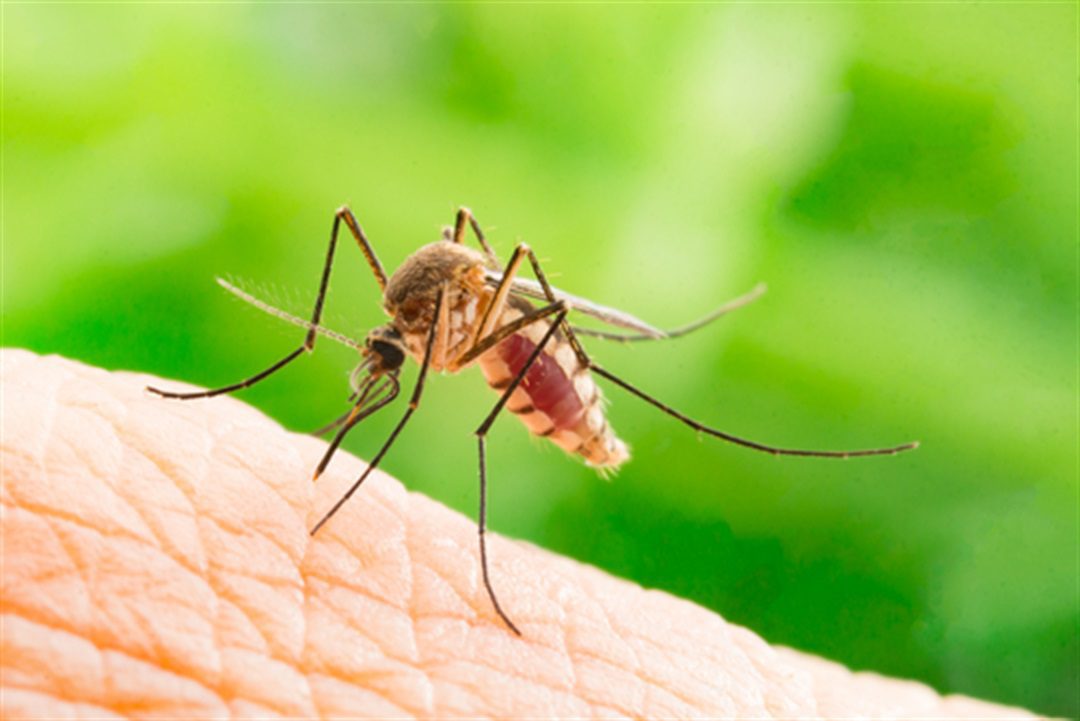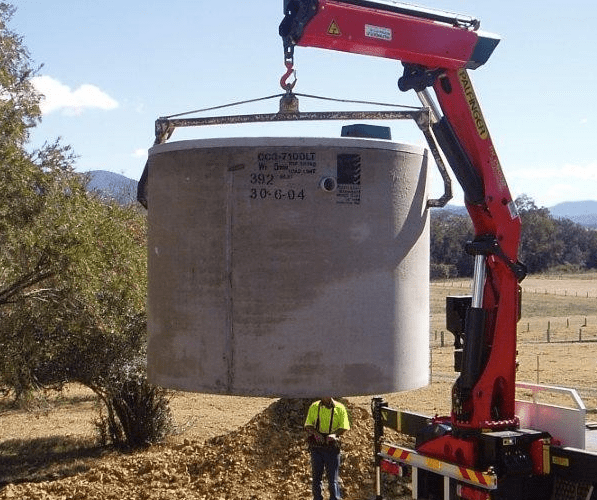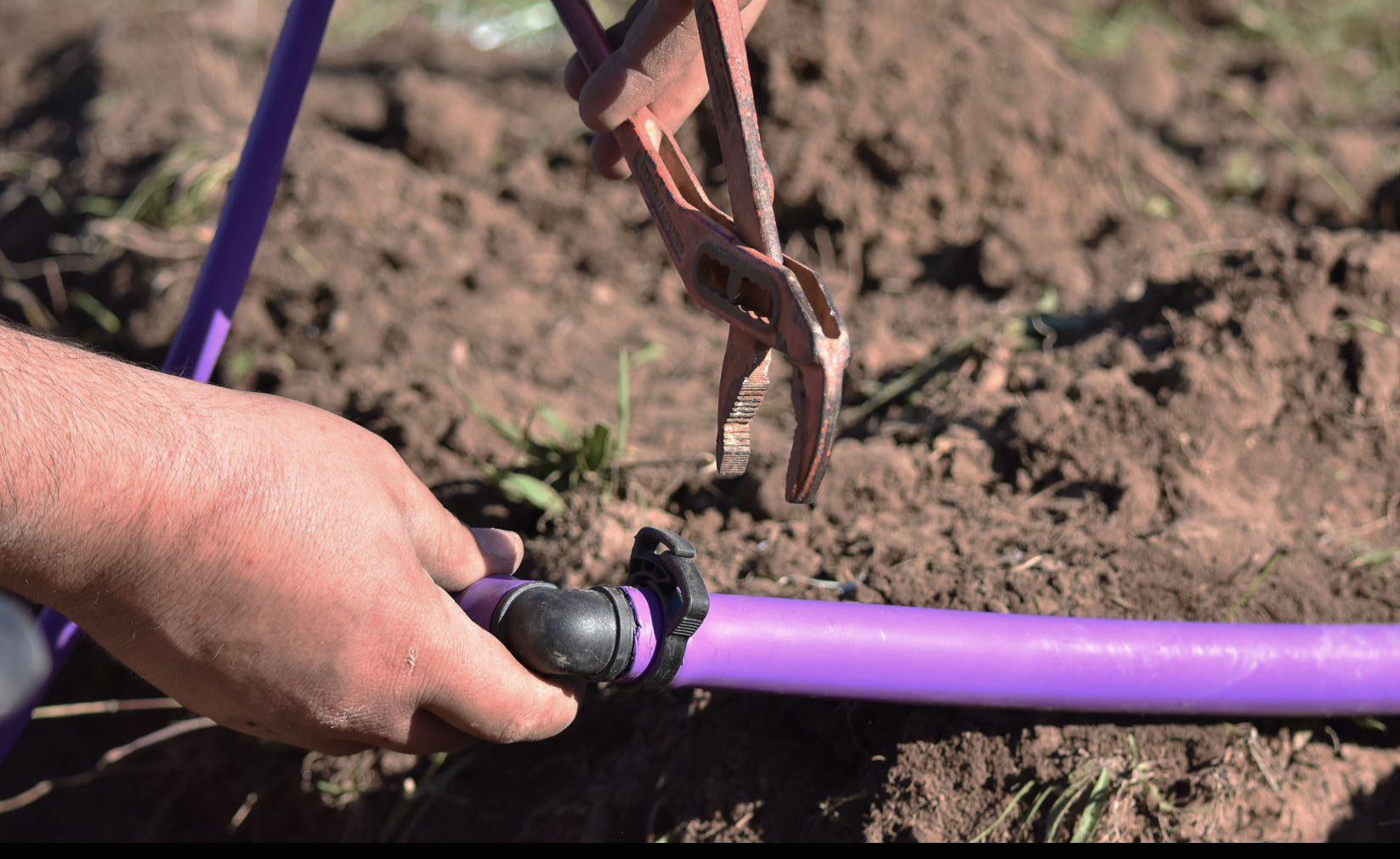As floods and floodwaters are becoming more prevalent up and down Australia’s east coast, the mosquitoes’ buzz is becoming even louder.
Slow-moving and stagnant water gives mozzies an ideal breeding ground, and flood-affected communities feel the bite.
As floodwaters recede and stagnant pools dry up with the warm weather, this influx of mosquitoes will look for new breeding grounds. It might not seem likely, but septic tanks are the ideal location for mosquito infestations to start and quickly gain in number.
Septic tanks are protected from the elements and full of stagnant nutrient-rich sewage and sewage effluent that can produce vast numbers of mosquitoes. Female mosquitos only need a way in, and it doesn’t have to be that big for her to crawl through.
The mosquito breeding associated with sewage treatment is usually associated with inadequate design, operation and maintenance or faulty effluent disposal or dispersal methods. Mosquitoes can get inside broken or unsealed septic tanks and lay eggs. Thousands of mosquitoes emerge daily from inadequately kept septic tanks.
These mosquitoes can spread viruses like Dengue fever, Ross River virus, Zika, Murray Valley encephalitis, Barmah Forest virus and Elephantiasis, which can cause serious illness.
NSW health authorities are warning residents to brace for a “high risk” of Japanese encephalitis (JEV) infections in the summer of 2022/23 following months of wet weather. Experts predict a mosquito boom when the weather warms up, with residents being urged to vaccinate against JEV. The potentially fatal virus can cause headaches, convulsions and reduced consciousness.
MOSQUITO SPECIES ASSOCIATED WITH SEWAGE
Culex quinquefasciatus: ‘The Brown House Mosquito’
This species usually breeds in organically polluted water near human communities. It is frequently found breeding in high numbers in unsealed septic tanks and primary sewage ponds. However, it is sometimes found in organically overloaded secondary sewage ponds. This is a very significant pest species wherever favourable breeding sites exist. The females rarely travel more than 2 km from their breeding sites.
Culex annulirostris: ‘The Common Banded Mosquito’
Culex annulirostris is one of the most common mosquitoes in Australia. The most prolific artificial breeding places are secondary sewage treatment, evaporation ponds, and sewage pond effluent. The larvae are most frequently found in calm, sheltered areas where vegetation offers protection from disruptive wave action and aquatic predators. The females of this species can disperse up to 10 kilometres from the breeding site. However, the highest concentrations are usually found within 3 – 4 km of significant breeding sites.
Anopheles annulipes s.l.: ‘The Common Australian Anopheline’
This species usually breeds in open, sunlit, temporary and permanent freshwater ground pools, streams or swamps. The females can disperse up to 2 km from their breeding places. It is not found in septic tanks and rarely in sewage treatment ponds. Still, it can frequently be found in sites of disposal of sewage effluent, mainly where the effluent flows into shallow, grassed areas.
A sudden swarm on your property means that the mosquitoes have found a healthy place to breed, and you’ll want to get to the bottom of it quickly.
On a positive note, mosquitoes and their health risks can be mitigated while planning your septic system. However, suppose your system is already in operation. In that case, you may need to inspect and repair your septic tank to keep mosquitoes out.
How to prevent mosquitoes from reproducing in your septic tank:
- Check for cracks in septic tank lids and seal or replace them to ensure a tight fit.
- Be sure that plastic covers are fastened and adequately secured, and sealed.
- Repair cracks or gaps in the exterior walls of the septic tank using cement or expanding foam used for home insulation projects.
- Cover vent or plumbing pipe openings using a mesh with holes smaller than a mosquito (fine mesh that is 1/16th of an inch). Mould the screen into a cylinder for vent pipes under or near trees so leaves and debris slide off.
- Fill abandoned or unused septic tanks with dirt or gravel.
To prevent mosquitos from multiplying in your septic tank, you should inspect it regularly and repair any damage if discovered. We recommend you work with a licensed septic tank installer and check local regulations before repairing a septic tank on your own.
Garden Master provides environmentally friendly Septic Solutions for domestic and commercial properties across NSW, ACT and Victoria.
Garden Master offers nothing but the highest quality residential septic tanks, secondary treatment systems (STS), and commercial-grade wastewater treatment systems. We have septic treatment systems suitable for domestic homes and cabins through to commercial industries. We pride ourselves on customer service, meaning you won’t just get a one-size-fits-all approach with us but rather a tailored solution to suit your exact wastewater needs. With over 30 years of experience, you can rely on Garden Master to provide you with the best available wastewater treatment products and services.
If you’re unsure what septic system would suit your property, check out our article Septic Tank Buying Guide or simply get in touch for some friendly advice.
SOURCES:
https://www.healthdirect.gov.au/mosquito-borne-diseases







